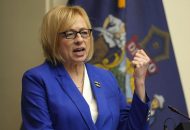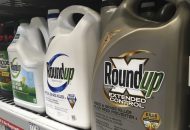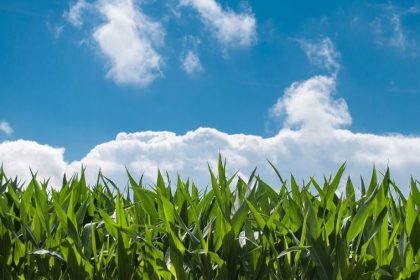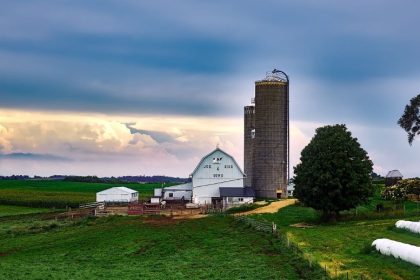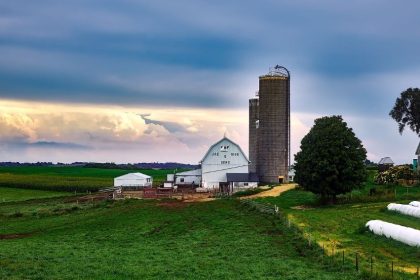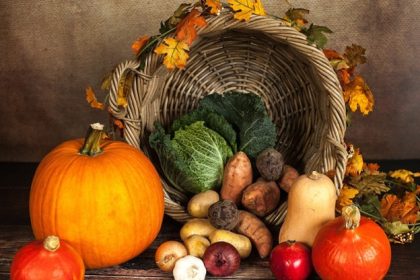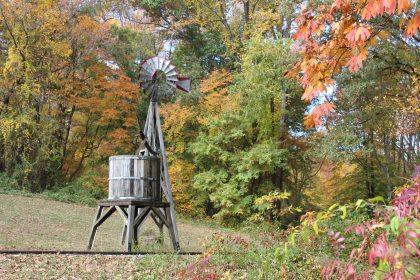Vilsack Sees Next Farm Bill as Opportunity to Diversify Ag Sector
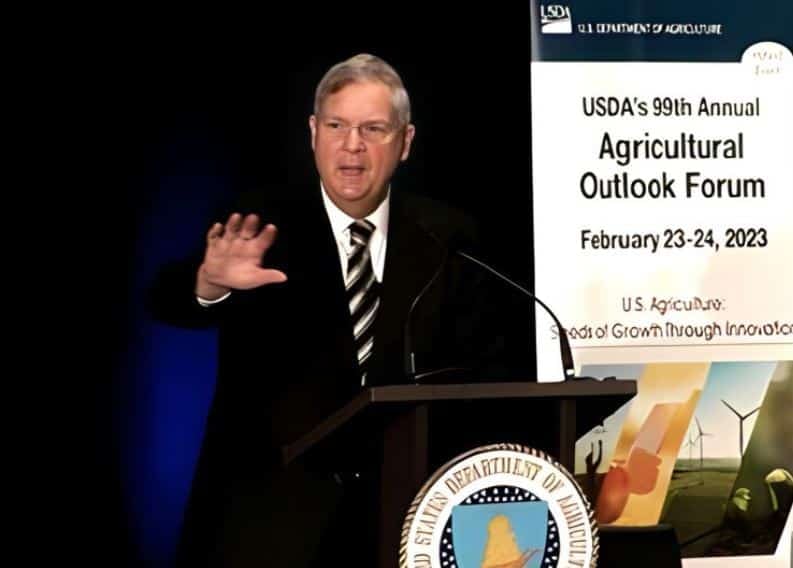
ARLINGTON, Va. — U.S. Agriculture Secretary Tom Vilsack urged Congress on Thursday to use the upcoming farm bill reauthorization as an opportunity to encourage America’s farmers to diversify and “create multiple profit centers” in their farming operations.
Speaking at the U.S. Department of Agriculture’s 99th annual agricultural outlook forum, which is being held Thursday and Friday at the Crystal City Gateway Marriott in Arlington, Vilsack told attendees “this is a pivotal moment for American agriculture.”
It’s time, he said, for farmers to seize a myriad of new opportunities in, among other things, expanded processing, clean energy and the conversion of agricultural waste into advanced materials needed in the next generation of manufacturing.
“It’s not just about trying to get bigger,” he said. “What this does … is strengthen the financial base of rural America. … And strengthening rural America is critical to our democracy.”
Early on in his remarks, which he delivered in just under an hour, Vilsack recounted other “pivotal” moments in the sector’s history, starting with Abraham Lincoln’s decision to establish a Department of Agriculture in the midst of the Civil War — so that “farmers could prosper” once the national conflagration was over.
He then moved on to the 1930s when another president, Franklin Delano Roosevelt, created the Farm Security Administration to provide emergency relief and resettle farmers on more productive land during the Dust Bowl crisis, and wound up in the 1970s, when one of Vilsack’s predecessors, Earl Butz, encouraged farmers to produce more and sell their surplus overseas.
“Secretary Butz understood the world population was going to continue to grow, and he wanted American agriculture to be front and center of an international effort to feed it,” Vilsack said.
In each of these instances, the American agricultural industry responded in “extraordinary” fashion, leading the current agriculture secretary to observe that in his lifetime alone, “the productivity of American farmers has improved by 17 times.”
“It’s truly a remarkable story of innovation,” he said.
Vilsack went on to say he saw this week’s forum as “a continuation of that tradition.”
And yet, in his very next breath, he spoke of the unintended consequences of all that success.
“One consequence … [of] that focus on productivity was that it became more expensive to put a crop in the ground,” he said.
“Recognizing this, and realizing that to cope with it they had to spread the cost over a larger and larger base, we began to see farm sizes increase … the result being that we needed fewer farmers.
“That negatively impacted not just agriculture, but the small towns and central business districts that depended on the farmer population. … So the question is, who benefited from the record [of success] in responding to past challenges?
“We know that nearly 50% of our farmers over the last several years have had negative farm income. They didn’t make money from the operation,” he said. “We know that nearly 40% of our farmers made money, but the majority of what they made for their family didn’t come from farming. It came from off-farm income.
“Large commercial-sized operations did very well. And they should. Because they’ve invested a lot of time and energy in producing an extraordinary crop. But the other 90% or so struggled. That’s why I think we’re at a pivotal moment,” Vilsack said.
“And I think we have to ask ourselves a serious question — do we want a system that continues to see further consolidation and the impact it has on the majority of farmers and rural communities … or are we innovative enough to figure out a new way, a different way to create an expanded opportunity?”
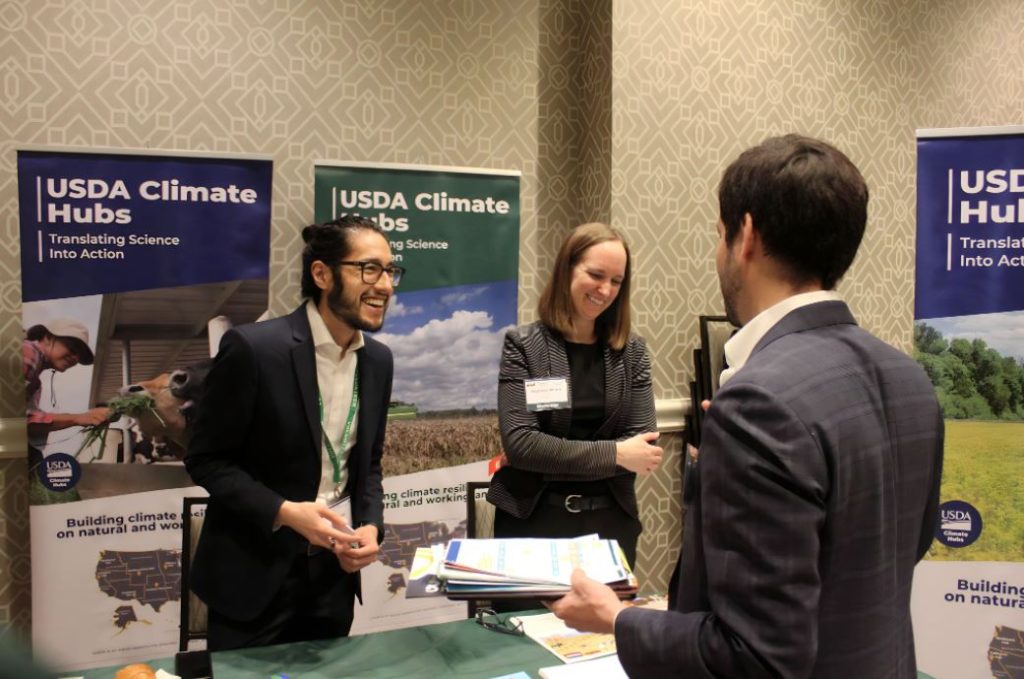
Comparing the present with Lincoln’s time, Vilsack recalled that the 16th president observed “the dogmas of the quiet past are inadequate to the stormy present” and concluded “as our case is new, we must think anew and act anew.”
“‘As our case is new, we must think anew and act anew,’” Vilsack said.
“I think this quote from Lincoln summarizes where we are as we look at this outlook for American agriculture. … And for the country,” the agriculture secretary said.
“President Biden understands and appreciates that the strength of this great country is in its middle class. And he is committed to rebuilding that middle class, as he likes to say, ‘from the bottom up and the middle out,’” Vilsack said.
“So, fortunately for us, in this pivotal moment, we have tools that we haven’t had before and we have other tools that we are using in different ways. The commodity credit corporation, the American Rescue Plan, the bipartisan infrastructure law and the Inflation Reduction Act are going to allow us to rise to the occasion, to think anew,” he said.
In explaining his strategy, Vilsack recalled the hot water Sonny Perdue, former President Donald Trump’s agriculture secretary, got into during a stop at the 2014 World Dairy Expo in Madison, Wisconsin.
Speaking with reporters there, Perdue was asked if the family dairy farm could survive as the industry moved further toward a factory farm model.
Perdue, Vilsack said, gave his honest opinion: “In America, the big get bigger and the small go out,” he said. “I don’t think in America we, for any small business, have a guaranteed income or guaranteed profitability.”
“He was very honest … and I think he got criticized for it unfairly. But I think there’s a different way,” Vilsack said.
“I think we can push back on what traditionally happens in industry in this country. I think we can embrace a different, innovative, creative way to approach the future,” he said. “The key is understanding that farm strategy is not just about growing crops and selling them or raising livestock and selling them or the product from them, or government payments.
“We can be innovative and creative enough to create additional profit opportunities from farms small, mid-sized and large,” he continued.
“We can develop new profit centers, so that instead of two or three ways to generate income on a farm, we have five or six or seven ways,” Vilsack said. “Each farm becomes a center of entrepreneurship.”
According to the agriculture secretary, the policies of the Biden administration have laid the groundwork to do just that.
Among other things, the Agriculture Department has funded more than 140 projects intended to reduce the risk farmers face from embracing some climate-smart practices. As part of these projects, the participants are then linked to markets that value those climate-smart practices and rewards them.
Similar initiatives aim to foster sustainable and organic agriculture operations.
“With the American Rescue Plan, we’ve made it easier and less expensive for more farmers to transition to these practices and take advantage of that value-added opportunity,” Vilsack said.
“And as we embrace climate smart practices, we also create the opportunity for those same farms to generate another income opportunity through ecosystem service markets,” he said. “There are 24 of these markets around the country today — they’re just getting started. They’re water markets, they’re carbon markets, they’re wildlife markets, biodiversity markets.
“These are markets in which farmers will be paid for the environmental result that they’re able to obtain from sustainable practices. Because of the 141 products that we’re funding, we’re going to use those resources to also monitor and measure and report and verify the results, which allows us to create a stronger and better market.
“With the omnibus bill and the Climate Solutions Act that was included in it, we’re required at USDA to begin the process of figuring out how to certify these market opportunities,” he said, adding, “so there’s a new opportunity, a new income source, a new revenue stream for our farmers.”
But Vilsack said it would be a mistake for his listeners to assume that all new opportunities for farmers under the Biden administration are restricted to so-called “climate smart” agriculture.
He noted that along with the consolidation of farms, there has also been a consolidation of the nation’s processing operations.

“In some cases this has meant that there is no market for a farmer’s products; in others, it has resulted in a single market where farmers are forced to take whatever the price is at that particular moment in that single market,” he said.
“The president has instructed us to expand market opportunities, and the first thing we did was to provide resources to existing facilities that were currently selling in their own, specific state, and enabling them to sell across state lines.
“To date we’ve invested in nearly 300 opportunities for new or expanded processing capacity through the American Rescue Plan, and we’re not stopping,” he said.
But the idea isn’t just to move more beef or pork or poultry, but to expand opportunities for additional commodities as well.
“For instance, there’s an opportunity here for specialty crops that require additional processing to also benefit from these new and expanded markets,” he said.
Vilsack also noted the bipartisan infrastructure law invested significantly in what he called the “bio-based economy” — some of it very forward thinking, like turning soybeans into an asphalt-type product that can be used to repair roads more easily and less expensively in the future.
Another initiative would seek to produce natural rubber here in the United States — something that’s not currently done.
“And we’re investing in a bio-based economy that will give us the ability to take agricultural waste and turn it into chemicals, fabrics, fibers and energy.
“Think about this, the federal government has a “bio-based preferred program,” run through the USDA, through which we encourage federal agencies to think about purchasing bio-based products,” Vilsack continued.
“There are 139 categories of bio-based products that are in our catalog today. That’s 139 areas, and within each area there are multiple products that are produced that are bio-based. This is the opportunity for us to balance a fossil fuel-based economy with a bio-based economy, with American agriculture front and center in terms of providing the feedstock.”
Vilsack said the best example of this is sustainable aviation fuel.
“The reality is, we kind of get electric vehicles. We understand the concept. You put a battery in a car and you get to travel and you charge it up every once in a while. But that concept doesn’t work particularly well with airplanes,” he said.
“Think about it. The car runs out of charge, you can pull over to the side of the road and call somebody. If you’re over a big ocean in a plane, how does that work?” he quipped.
“So, we’re going to need about 36 billion gallons of sustainable aviation fuel that can be produced from agricultural waste and from woody biomass annually,” he said. “This is a whole new industry. So bio-based products are a phenomenal opportunity, and when we’re talking about fuel and energy, there’s an opportunity for renewable energy production on the farm.
“A lot of people talk about renewable energy as a way to reduce the cost of operating a farm, but what we’re talking about is a revenue source, and one that will allow farms to put resources on the grid for other small businesses and homes in rural areas.
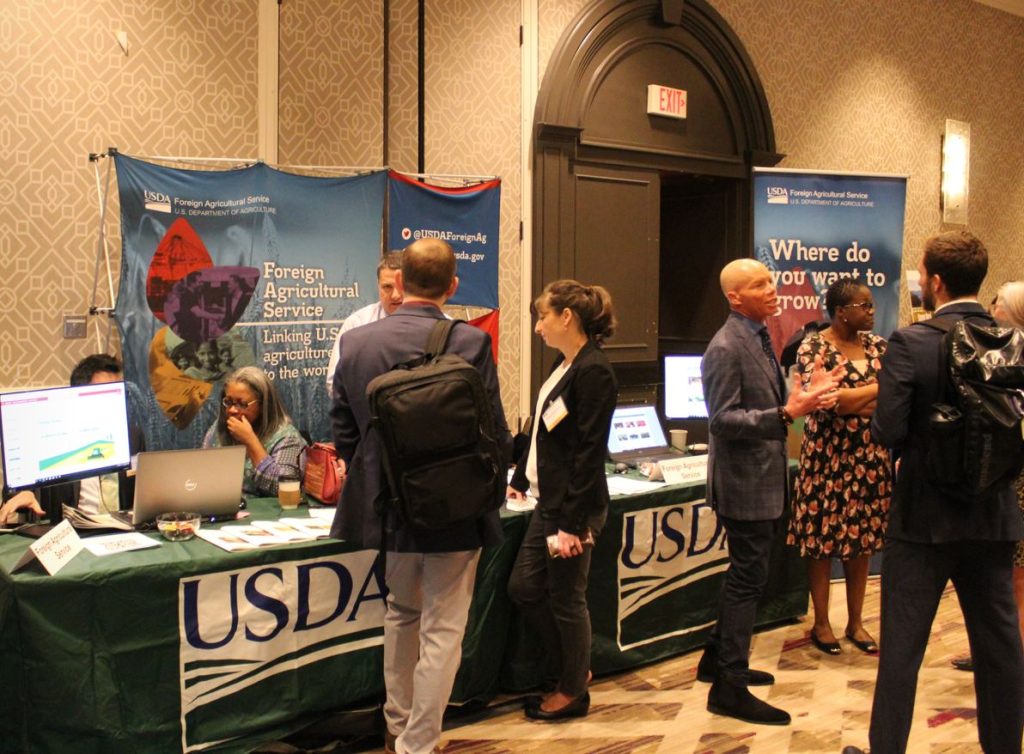
“And then, of course, there’s the conversion of methane, with digesters, which will help preserve the livestock industry while creating yet another renewable energy source,” he said.
“These are tremendous opportunities and the Inflation Reduction Act includes not only a tax credit for the aviation fuel I just talked about, but a record amount of resources in the renewable energy for America program, which can help fund these renewable energy systems on the farm.”
Lastly, Vilsack said the Biden administration is committed to fostering local and regional food systems, systems he said will help farmers avoid dependence on a commodity-based market that rewards size and the ability to be large.
“In the process, it will provide the opportunity for farmers to negotiate their own price — to a school, to a grocery store, to a restaurant,” he said.
Vilsack said the USDA recently provided $10 million through its farm-to-school grant program to create some of these local and regional food systems.
“That’s a relatively small amount in the scheme of things, but it helped to finance 5,000 schools who will not be able to negotiate and contract with local producers so that the schools will get the benefit of locally produced food and farms will get the benefit of a whole new market,” he said. “We have 100,000 school districts in this country. Think of the possibilities.”
Before he left the podium, gathering up the index cards of his speech that lay before him, Vilsack returned to the idea he’d broached several minutes earlier — that what’s good for rural America is good for democracy.
“Why is that?” he said. “Well, just consider the fact that it’s rural America that disproportionately sends sons and daughters and grandkids into the military. Why do they do that? Why do those kids do that? What is the motivation for that?
“I have a theory about that. And my theory is this,” he said. “They grow up in an area that is surrounded by farmers and ranchers, people who understand something very basic about the land: You can’t keep taking from it.
“You can’t just keep putting the seed in the ground and getting the crop out. You have to put something back in the ground. You have to replenish it. You have to nourish it. Something that’s valuable to you needs to be invested in,” he continued.
“And so, these kids grow up and intuitively know that in a country that allows us to have the freedom to dream, you have to give something back,” Vilsack said. “We want that value system to be alive and well and flourishing in this country. Especially now. At a time of division.
“So, folks, this isn’t just about farmers and ranchers. It’s not just about income, it’s not just about opportunity or entrepreneurship — all of that is important. It’s not just about jobs. It’s about the essence of this country,” he said.
Dan can be reached at [email protected] and @DanMcCue









